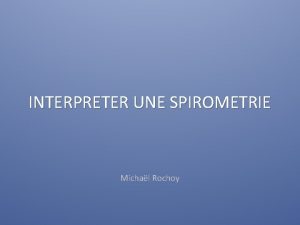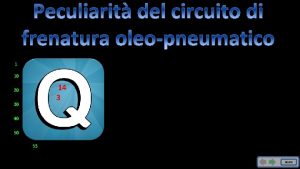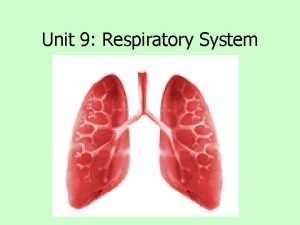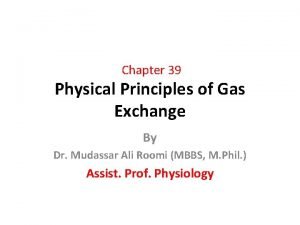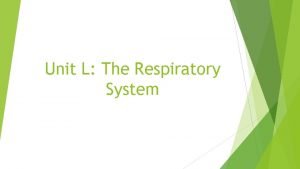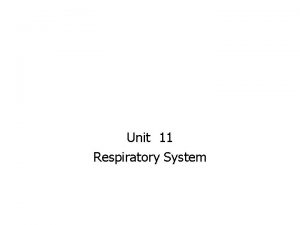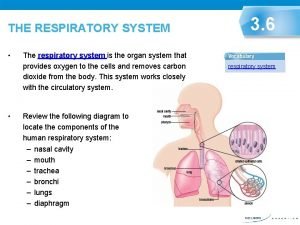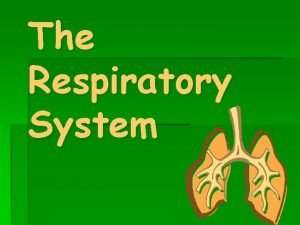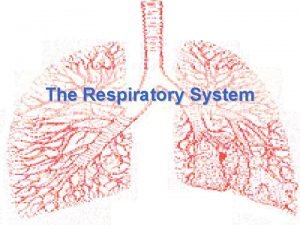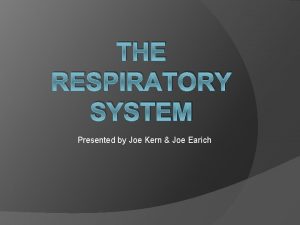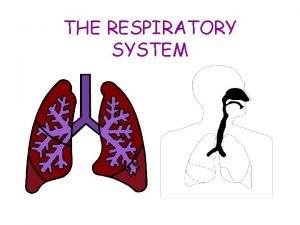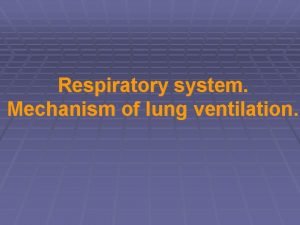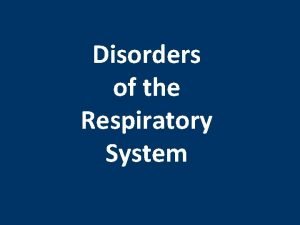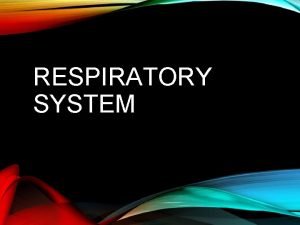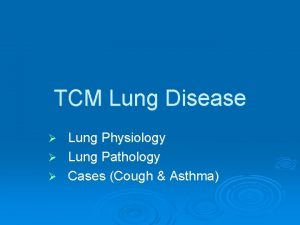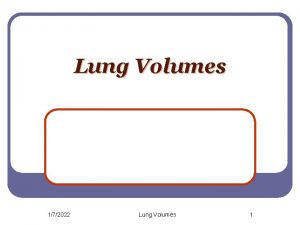Unit 9 Respiratory System Pneumo Lung Pneumology Study



















- Slides: 19

Unit 9: Respiratory System

• Pneumo: Lung • Pneumology: Study of the Respiratory System

• • • • 1. Nasal cavity 2. Pharynx 3. Larynx 4. Trachea 5. Bronchi 6. R. Bronchus 7. L. Bronchus 8. Bronchioles 9. Heart 10. R. Lung (3 lobes) 11. L. Lung (2 lobes 12. Fissure 13. Apex 14. Diaphragm 15. Pleura

Function: 1. Provides oxygen 2. Removes carbon dioxide Oxygen Carbon Dioxide

Respiratory System Structure and Function

1. Nose: – warms/ filters the air

2. Sinus: Warm/moisten air. Determines voice tone.

3. Pharynx: (Throat) Common passageway for food, air, and water. 5” long.

4. Epiglottis: Closes over the larynx when swallowing.

5. Larynx: Voice box (very sensitive)

6. Glottis: Vocal cords

7. Trachea: (Wind pipe). 4. 5” long. Rings of hyaline cartilage keep it open. Lined with a mucous membrane.

8. Bronchi: Branches of trachea. Similar to trachea.

9. Bronchioles: “Secondary Bronchi”. Thin walls of smooth muscle.

10. Alveoli: Air sacs: exchange Site of Oxygen/Carbon Dioxide gas

11. Pleura: serous membrane around the lungs to help keep moist

12. Diaphragm: thin skeletal muscle that sits at the base of the chest and separates the abdomen from the chest. It contracts and flattens when you inhale

Breathing Mechanism 1. contraction of the diaphragm and intercostal muscles expands the thoracic cavity causing lung volume to increase 2. The lungs increase in volume means the pressure is decreased = air rushes into the alveoli 3. Diaphragm and intercostal muscles relax and the thoracic cavity condenses to create a decrease in volume then pressure increases = air rushes out.

Breathing Mechanism
 Conductive zone vs respiratory zone
Conductive zone vs respiratory zone Digestive respiratory and circulatory system
Digestive respiratory and circulatory system Dlco
Dlco Modulatore di frenata in funzione del carico
Modulatore di frenata in funzione del carico Unit 9 respiratory system
Unit 9 respiratory system How respiratory system work with circulatory system
How respiratory system work with circulatory system Circulatory system and respiratory system work together
Circulatory system and respiratory system work together Respiratory unit
Respiratory unit Nottingham city hospital respiratory assessment unit
Nottingham city hospital respiratory assessment unit Unit 6 review questions
Unit 6 review questions Respiratory system bozeman
Respiratory system bozeman Diagnostic test of respiratory system
Diagnostic test of respiratory system Respiratory system
Respiratory system Voice box respiratory system
Voice box respiratory system Respiratory system coloring page
Respiratory system coloring page Respiratory system purpose
Respiratory system purpose Conclusion on respiratory system
Conclusion on respiratory system Jobs of the respiratory system
Jobs of the respiratory system Chapter 7 cengage
Chapter 7 cengage Chapter 13 the respiratory system
Chapter 13 the respiratory system


